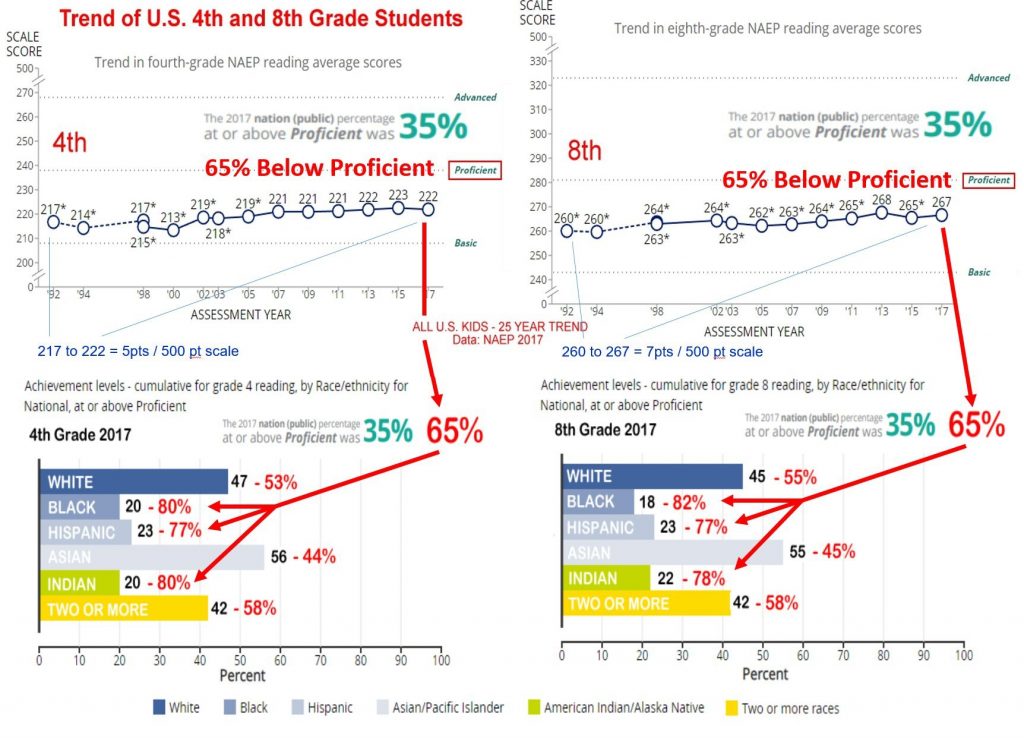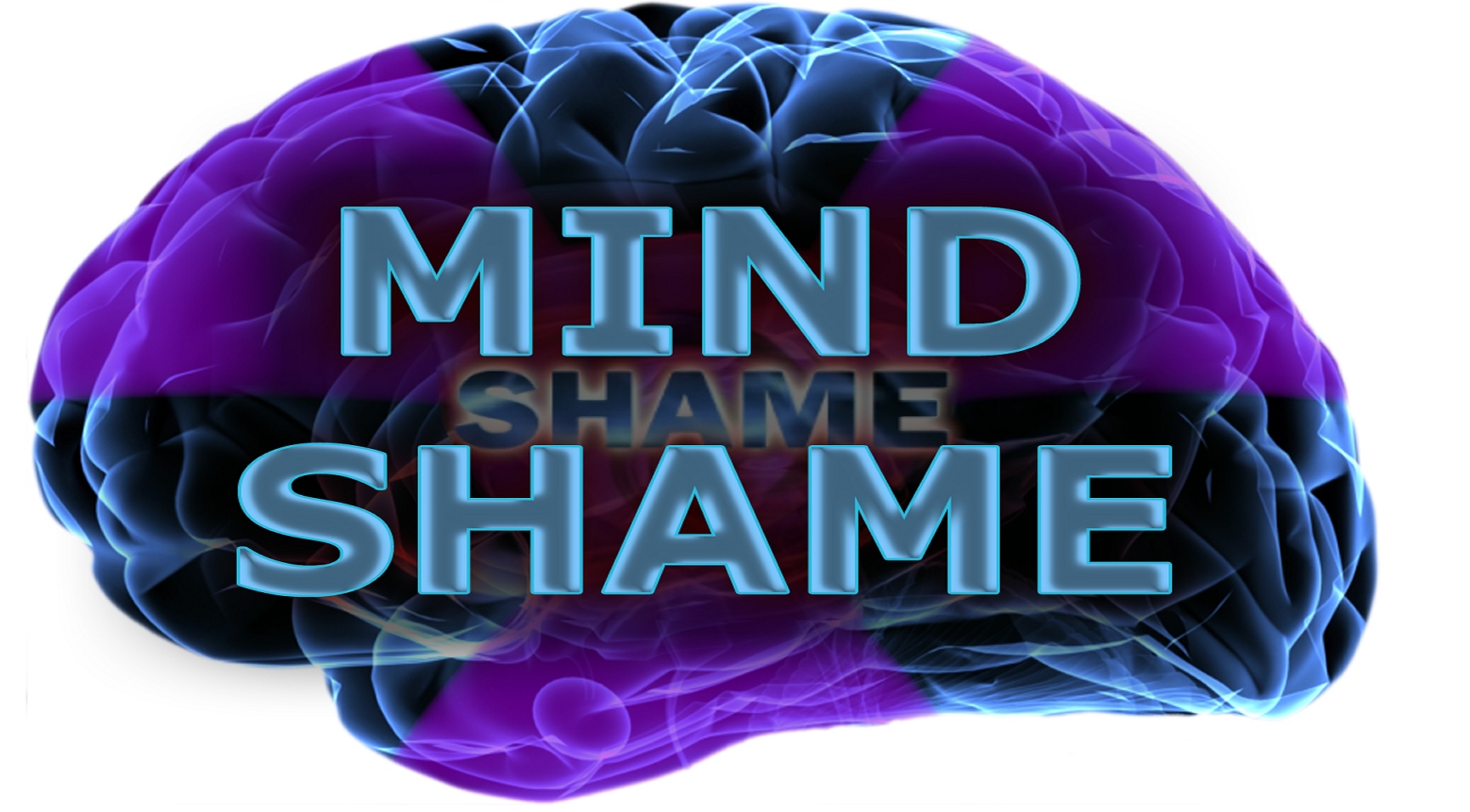NO MORE INSTRUCTIONAL CONFUSION,
GUESSING, OR MIND-SHAME!
Learning to Read is 1-2-3 (and free!):
1) Click on any word.
2) Try to read word in Pop-up. Can’t? Click word in Pop-up.
3) Repeat Step 2 as needed.
Click on any word below and follow the steps: 1,2,3.
to
|
ice
|
eye
|
have
|
|||
know
|
meow
|
wolf
|
pour
|
|||
fury
|
idea
|
heart
|
acres
|
|||
great
|
laugh
|
mosque
|
color
|
|||
mishap
|
height
|
shoulder
|
daughter
|
|||
Thomas
|
science
|
success
|
gorgeous
|
|||
physical
|
porpoise
|
architect
|
Virginia
|
|||
Hawaii
|
knickknack
|
terrorism
|
sauerkraut
|
|||
knowledgeable
|
impossibilities
|
tyrannosaurus
|
fahrenheit
|
supercalifragilisticexpialidocious
Click to experience OLSN working with content examples for all ages and grades.
Sixty-four percent of U.S. 4th grade children are unable to read proficiently. Reading is not transparent to learning from the written materials used in their classes. For children of color and/or poverty, the numbers are much worse. Seventy-five percent of children who do not reach proficiency with reading by the 3rd grade never catch up and are four times more likely to drop out of high school (What’s At Stake).

Many children begin school coming from early life-learning trajectories (particularly with respect to language) that did not provide them with the exposure and exercise it takes to be ready for the challenges involved in learning to read. Though in NO WAY their fault, most students who struggle with reading begin to blame themselves and feel ashamed of themselves, and as they do, they begin to avoid reading to avoid that feeling. The downward spiral that ensues profoundly maligns their trajectories throughout school and life.
 Unable to sufficiently improve, unable to avoid the challenge, (day after day, week after week, month after month, year after year), children who struggle with reading fall further and further behind. The mind-shaming effects of feeling ‘not good enough’ at learning have even greater life-distorting implications (Mind-Shame). For each child, for the education system, and for the nation as a whole, the negative ripple effects are staggering.
Unable to sufficiently improve, unable to avoid the challenge, (day after day, week after week, month after month, year after year), children who struggle with reading fall further and further behind. The mind-shaming effects of feeling ‘not good enough’ at learning have even greater life-distorting implications (Mind-Shame). For each child, for the education system, and for the nation as a whole, the negative ripple effects are staggering.
The confusion and shame of literacy learning problems
are the legacy effects of generations of ignorance,
negligence, and superficial thinking.
In order to read English, the reader’s brain must (unconsciously) perform ‘code operations’, during which the recognition of elements in the writing system result in the construction of an internal experience of word recognition.
While numerous factors exacerbate the challenges involved in learning to read, the most common impediment, for most children, is the (artificially) confusing relationships between letters and sounds in the code of the English writing system.
This FREE app turns virtually every page on the web into a page that is easier to read (and a page that helps learners learn to read better). By using this tool to help ‘sound out’, letter by letter, each word they have difficulty recognizing, learners learn to ‘work out’ words they don’t know. The more they use it, the less they need it. Based on the research of the Children of the Code Project, this is the most neurologically efficient way to learn to read in existence.
Background Other Examples How It Works
A component of the Magic Ladder
Because nothing is more important to our children’s futures
than how well they can learn when they get there.
© 2017 Learning Stewards Patents Pending learningstewards.org

This is fantastic. I have been reading the theory behind the program. I’m now using it with a dyslectic student age 12. She has had phonics instruction, but unable to apply it to words! Thank you for this incredible tool, I am about to publish a book – THE READING WAR. It is about the suppression of phonics and the teachers who knew how to teach it. Would you consider commenting on it and if appropriate I would use the comment on the back cover. Just to remind you: I met you in St Petersburg several years ago at a Reading conference. I brought three Applied Scholastics teachers to meet you.
Hi Sharon, thank you! Good to hear that you are using the tool. Regarding your book, as I think you know, I think phonics is a “patch” / work-around for the underlying mess in the code. There is nothing “right” about it. It’s just been the best way we’ve had to compensate for the problems of static two dimensional orthography. Once we start using smart multidimensional orthography, phonics, as we think of it today, will fade away (https://learningstewards.org/how-do-kids-learn-to-read-what-the-science-doesnt-say/) I completely resonate with the suppression you mention, as the high priests of phonics have suppressed me (https://learningstewards.org/paradigm-inertia-part2/). All that to say that I appreciate your spirit and welcome the chance to read and comment on your book, but my comments won’t be supportive of phonics.
I totally duplicate your viewpoint. I am amused at your term “high priest of phonics”. I don’t know the contemporary folks since the authorities I met through Reading Reform Foundation in the 80’s are now dead. I have used the term “parochial” to describe some teachers. I find that the way literacy is taught in your program is logical and uses the alphabetic code. That’s phonics enough for me. My book tries to make people aware that children are being confused at the beginning of their literacy instruction. It does not push any particular phonics program, but does acknowledge the success of several that I am familiar with. I did not include your program in the book (which is at the book designer for the third time). I would like to ensure that Learning Stewards gets promoted in the book or on the book cover. I will forward an electronic copy soon.
By the way, The 12 year old dyslexic girl I tutor was amazed to read about the boy who hated reading. She could so identify with him. She was greatly impressed with the program. Not so much that she will use it when I’m not with her, but that will come. Today she read about President Obama on line. There has been an improvement in WILLINGNESS to read that transferred to reading a real book – Nancy Drew. I read most and she reads some. Your program created a “willing student”.
I am still learning my way around Magic Ladder. There are so many aspects of literacy instruction that are covered. Thanks for letting me send the book to you.
Wonderful. Thank you. I look forward to the book and to our continuing dialogue as you learn more about the Magic Ladder. BTW if you have a website (or page) for your work. We’d be happy to provide our embed code (https://learningstewards.org/embed-io/) so that your work would have the PQ popup supporting it.